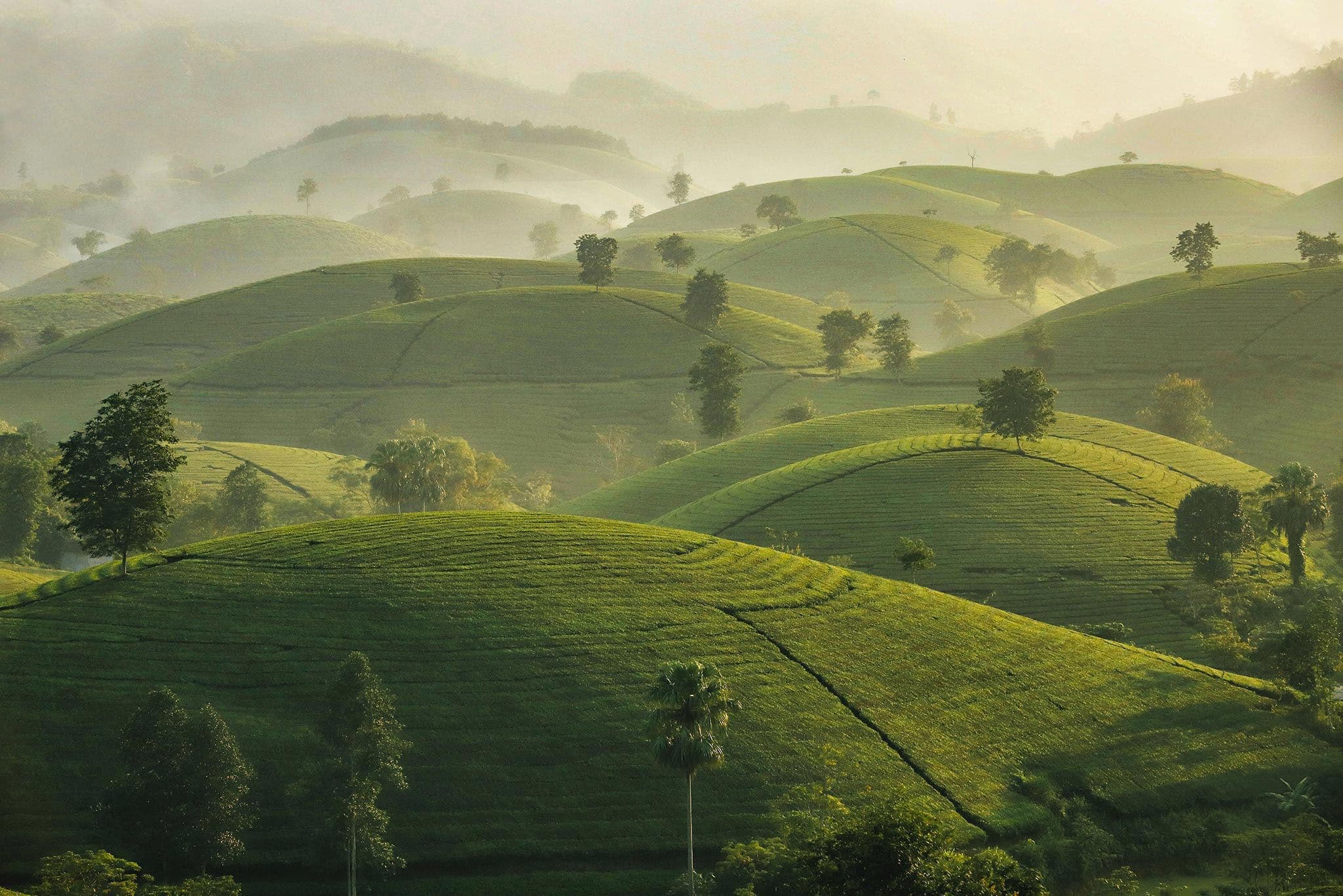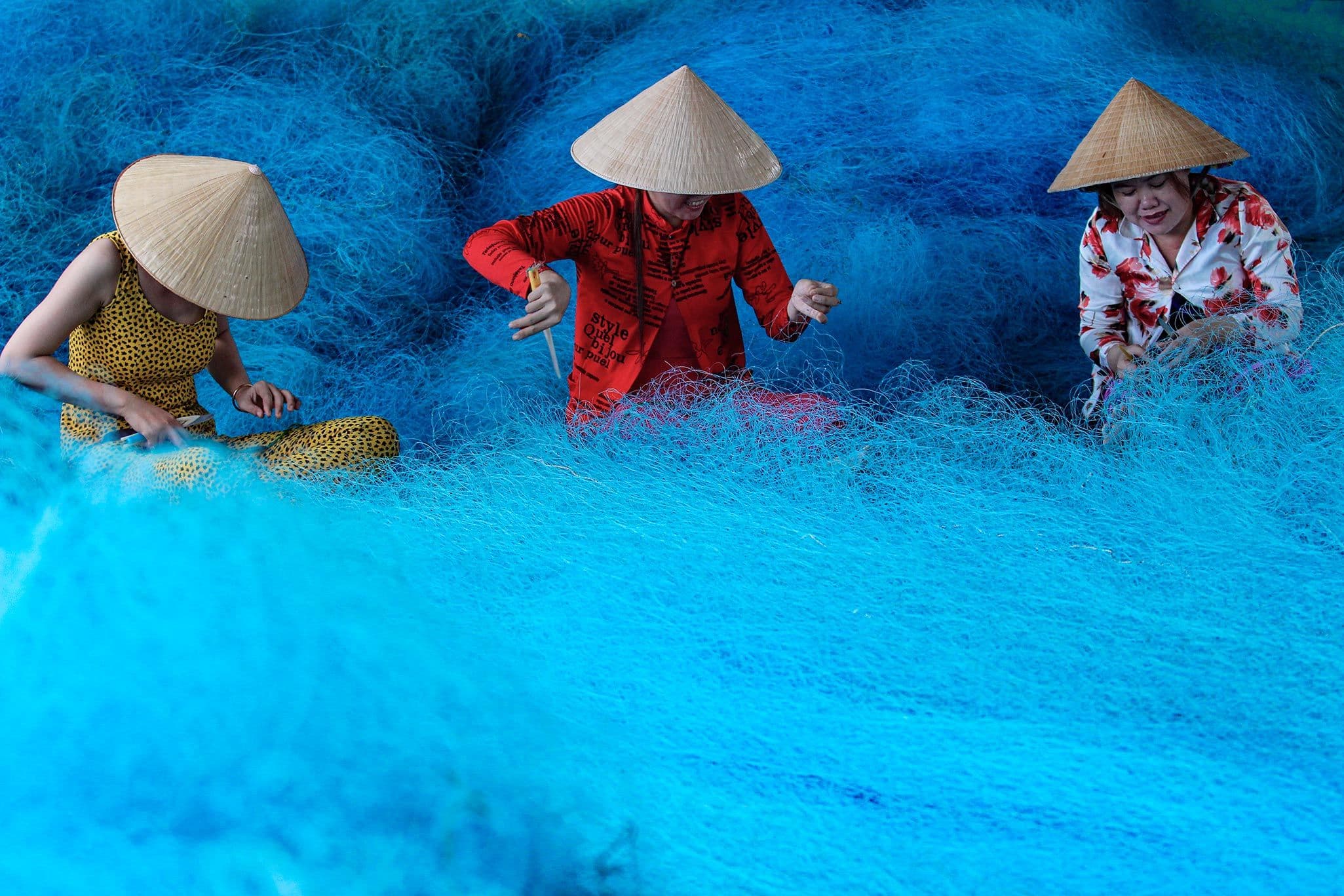
Lao New Year, or Songkran, is a vibrant celebration deeply rooted in tradition and culture.
In this comprehensive guide, Ftrip will delve into the heart of Lao New Year, exploring its history, customs, and significance. Whether you're a seasoned participant or a curious observer, join us as we embark on a journey to unravel the enchanting tapestry of Songkran.
Reimagining Songkran: Lao’s Unique New Year Festival
Imagine a festival so fun that it feels like it was dreamt up by a creative kid who was given a special writing task. That's Songkran for you! It's held every year from April 13th to 15th, turning Laos into a giant playground for a country-wide water fight.
During Songkran, water isn't just for drinking or washing – it's for cleansing away the troubles of the past year and ushering in good fortune for the new one. People return to their hometowns to be with family and join the festivities.
Traditionally, water is poured over Buddha statues for blessings and sprinkled onto loved ones' heads as a gesture of respect and well wishes. Nowadays, though, Songkran has evolved into a three-day extravaganza of water battles where everyone joins in the splashy fun.
Where to Enjoy Songkran
Luang Prabang
In Luang Prabang, the New Year festivities stretch over nearly a week, featuring parades, beauty pageants, concerts, and various events. One of the most significant parts of the religious community is the procession, during which the Prabang Buddha is carried through the streets on a golden palanquin. This Buddha figure holds great religious significance in Laos and symbolizes the country's sovereignty.
During the parade, you'll spot two red-faced legendary beings, Pou Gneu and Gna Gneu (which signify grandpa and grandma ancestors in Lao), leading the way with hundreds of monks following behind. Finally, the procession ends as the statue is placed at Wat May, where it stays for three days.
Another exciting part of the festivities is the Nang Sangkhane beauty contest, featuring seven contestants, each representing one of King Kabinlaphom's daughters.
As night falls, expect to enjoy numerous more processions and traditional performances.
Vientiane
In Vientiane, the capital of Laos, there are festivities similar to those in Luang Prabang. These celebrations feature various activities like beauty contests, sand stupa building competitions, art displays, sports events, and traditional music performances along the Mekong River.
Besides, people take part in water fights using water pistols, buckets, and bottles on the streets. Splashing water on others is customary to wish them a happy new year in Laos. Visitors are encouraged to join in the fun as well.
Tips for Enjoying the Lao New Year Festival
Plan ahead for your trip
During the Lao New Year festivities, many individuals travel back to Laos from other cities, while tourists flock to major urban areas to partake in the celebrations.
Consequently, hotels and guesthouses tend to be fully booked during this period. It is advisable to secure your accommodation and arrange transportation well in advance to avoid any inconvenience.
Prioritize safety
It's essential to safeguard your personal belongings, particularly in crowded places. Consider using waterproof bags to protect your mobile phone and room keys. Keep your cards in your hotel room, and avoid carrying large sums of cash or valuable items with you.
Stay alert for water fights
Water fights are common in major cities during the Lao New Year. There have been instances where locals have involved travelers in the festivities, regardless of their preferences. If you prefer not to participate, you may opt to travel in a private car to avoid getting soaked.
Lao New Year Celebrations: Traditions & Customs
The Pi Mai festival in Laos spans three days, each with its own significance and customs.
- First Day: The transition from the old year to the new year begins. People get ready for the festivities ahead by making necessary preparations.
- Second Day: Known as the "no day," it bridges the old and new year. Major cities like Luang Prabang and Vientiane have lively parades, beauty pageants, and concerts to mark the occasion.
- Third-Day: The highlight is the Baci ceremony, aimed at preserving good spirits within oneself and ushering in good fortune for the upcoming year.
- The Last Day of the Old Year: Symbolizing renewal, this day involves various rituals, notably the pouring of water. Homes and villages are cleaned, water and flowers are prepared for the celebrations, Buddha statues are washed, and temples are adorned with fresh paint.
Elders then deliver short speeches to their families, followed by a ritual where young people receive blessings for the new year by having water poured over their heads.
Explore Laos with Ftrip
Experience the heart of Laos during the Pi Mai celebrations and delve into the rich tapestry of local traditions and customs. Opt for a journey with Ftrip International to make the most of your visit. Our expert team offers round-the-clock support and will tailor the perfect itinerary for your adventure.
Conclusion
As we conclude our journey through the vibrant tapestry of Lao New Year, we hope you've gained a deeper understanding and appreciation for this joyous celebration. Songkran embodies the essence of community, renewal, and gratitude from the spirited water fights to the serene almsgiving ceremonies.
Whether you're dancing to traditional music, savoring delectable delicacies, or simply basking in the warmth of loved ones, may the spirit of Songkran continue to inspire and uplift your heart throughout the year. Happy New Year!










